Why Japanese Cheesecake Is Taking Over Food Blogs Everywhere
This fluffy edition of the classic dessert is becoming hugely popular.. for very good reasons.
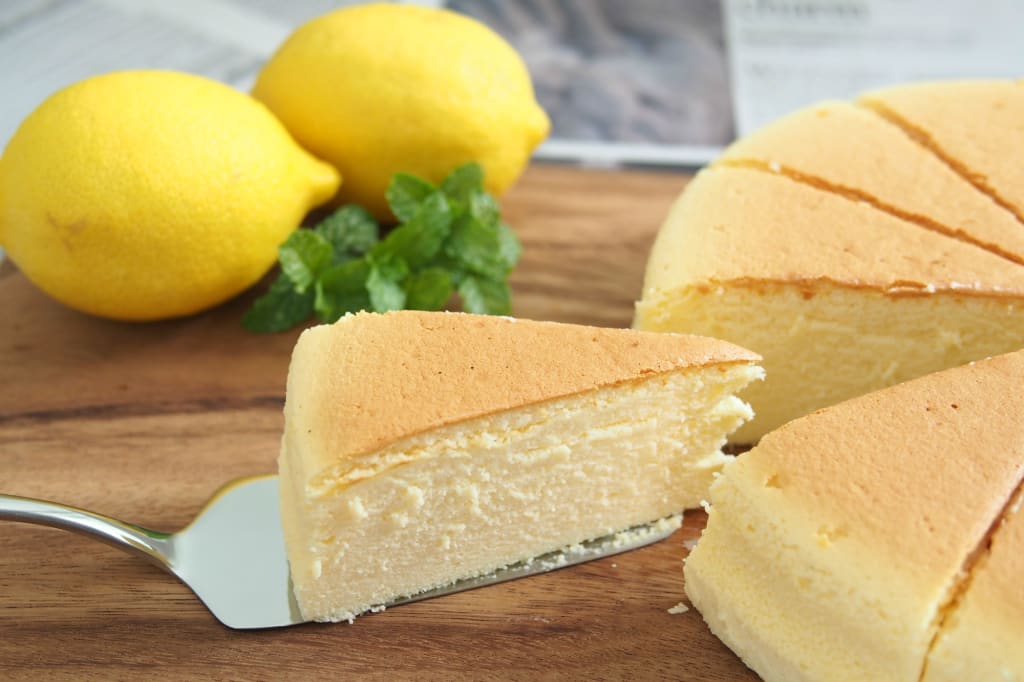
Like regular cheesecake, but springy.
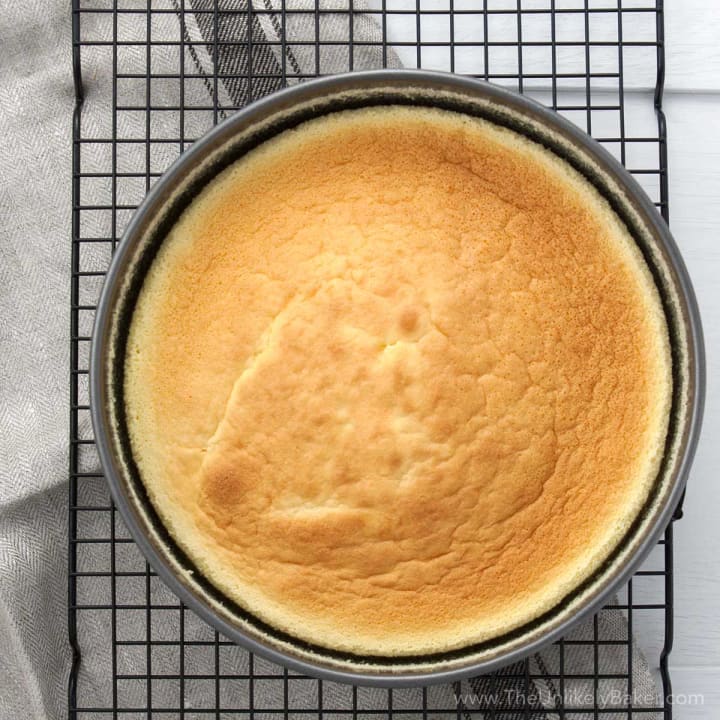
So, what’s different about Japanese cheesecake from the other foods-of-the-day? Well, for starters, that lovely fluffy texture means that Japanese cheesecake is (spoiler alert) much less heavy than regular cheesecake ---- and, with that, it contains many fewer calories. If you’re trying to reduce the amount of fat/sugar/calories/etc. in your diet and have thus regretfully stricken cheesecake off the menu, you might be able to put it back on with this lighter new edition. Yes, you may actually be able to have your fitness and eat your cake too. Just don’t get so carried away that you end up devouring the whole thing.
For comparison between the two, here’s an ingredient breakdown between blogger SugaryWinzy’s Japanese Cheesecake and the highly-rated ‘Cheesecake Supreme’ from AllRecipes.com. Both can be made with a 9-inch cake pan and have roughly similar prep and cook times, with the Japanese Cheesecake clocking in at 1 hour 55min from start to finish and the Cheesecake Supreme at 1 hour 40min.
Japanese Cheesecake
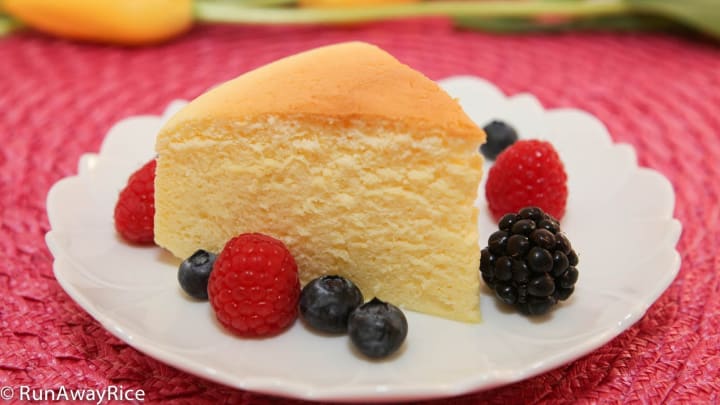
Japanese Cheesecake:
6 large eggs
1 cup + 2 tablespoons cream cheese (260 g)
4 tablespoons unsalted butter (57 g)
7 tablespoons milk (96 g)
¾ cup cake flour (88 g)
¾ cup granulated sugar (150 g)
2 ½ tablespoons + 1 teaspoon corn starch (28 g)
¼ teaspoon salt (1.42 g)
1 ½ tablespoons + 1 teaspoon lemon juice (23 g)
¼ teaspoon cream of tartar (.84 g)
Cheesecake Supreme
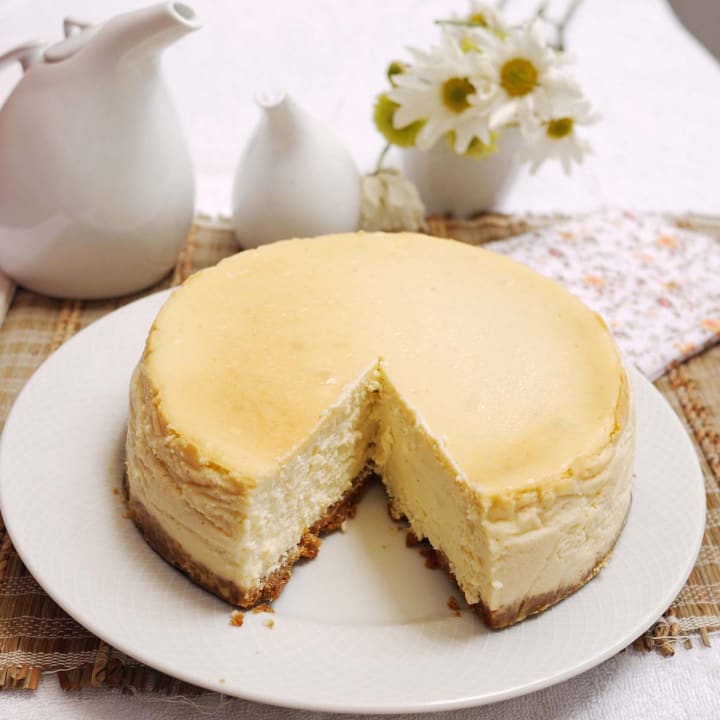
Cheesecake Supreme:
5 eggs + 2 egg yolks
5 (8 ounce) packages cream cheese, softened (1,134 g)
1/4 cup butter, melted (57 g)
1/4 cup heavy whipping cream (58 g)
1/8 cup all-purpose flour (16 g)
2 1/4 cups white sugar (450 g)
1 ½ cups graham cracker crumbs (127.5 g)
The two are nearly impossible to tell apart in pictures.
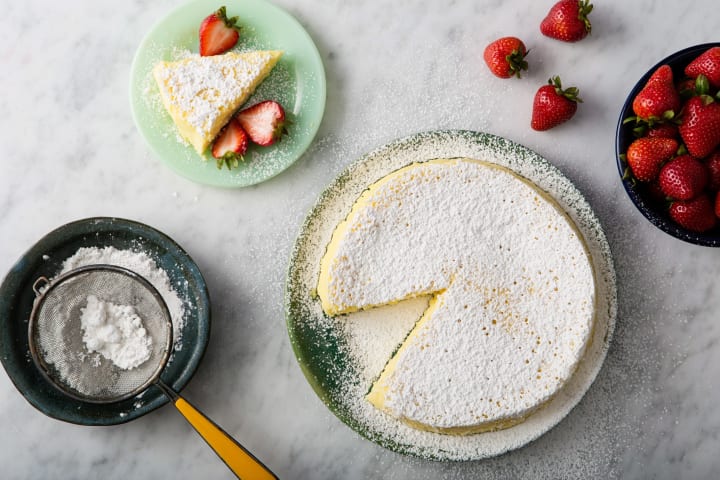
In a head-to-head, the two come out roughly equivalent on the egg and butter front, with the Japanese Cheesecake’s (TJC) 6 large eggs to the Cheesecake Supreme’s (TCS) 5 eggs + 2 yolks, and their mutual 57 grams of butter. TCS even comes out on top in the realm of flour, using 16 grams of all-purpose flour to TJC’s 88 grams of cake flour.
They start pulling apart when we get to the dairy ingredients, with TJC’s 96 grams of milk to TCS’s 58 grams of heavy whipping cream, and separate further at the sugar stage, with TJC’s 150 grams of sugar to TCS’s 450 grams.
However, it’s at the cream cheese that we see the biggest difference, with TCS using a whopping 874 grams more cream cheese than TJC. That’s a lot of cream cheese. TCS’s final ingredient is 127.5 grams of graham cracker crumbs, while TJC’s remaining few are 28 grams of corn starch, 1.42 grams of salt, 23 grams of lemon juice, and .84 grams of cream of tartar.
Just like classic cheesecake, it doesn't take much to dress up the Japanese version.
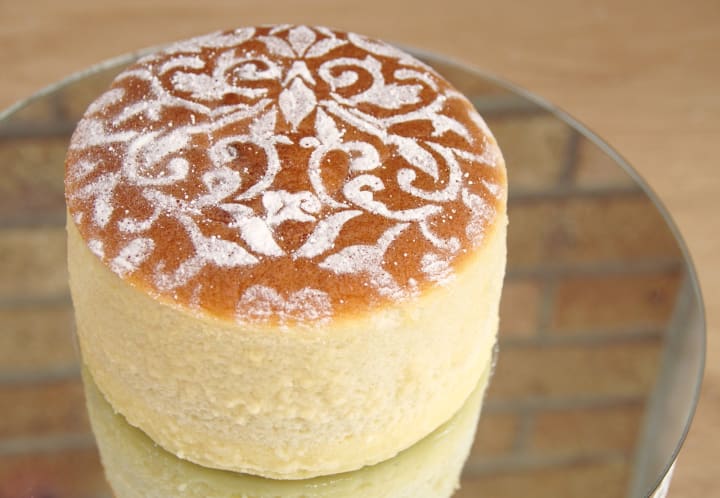
If you’re looking to watch what you eat, it’s clear that the Japanese cheesecake is vastly more fitness-friendly. But how does it taste? Well . . . a lot like cheesecake. Although the texture isn’t similar at all, with a traditional cheesecake being more dense and creamy to Japanese cheesecake’s trademark souffle-esque fluff, the taste of Japanese cheesecake definitely evokes standard cheesecake’s distinctive flavour and richness. It’s an intriguing combination when combined with its bouncy, airy makeup, and one that really has to be sampled to be fully realised.
Will you be joining the legions of food bloggers in trying out Japanese cheesecake? While you don’t need to get as fancy with it as the food blogs do (so much fruit, so many creative designs in icing sugar!), it’s definitely a fun and unique taste sensation. Even if you’re less focussed on fitness, Japanese cheesecake remains a dessert worth testing out. No ‘diet food’ here ---- this is a full cake in itself, not a pale imitation of the real thing.
And after all . . . who else can say their cheesecake bounces?
More cheesecake, less guilt? Bring it on.
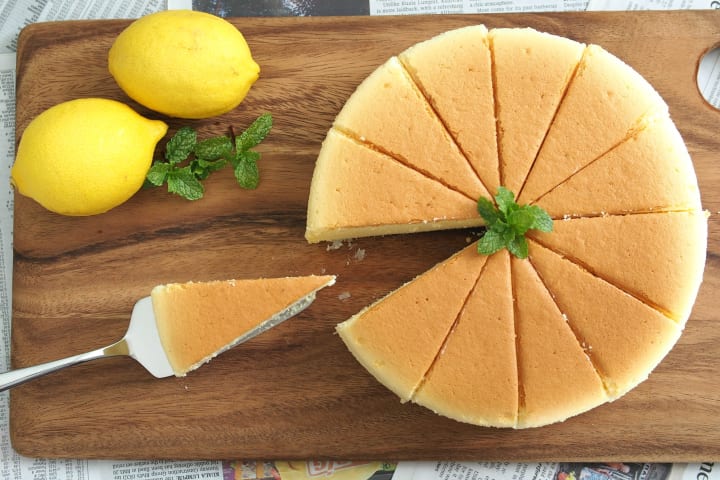
If you’d like to try the Japanese cheesecake version listed above, you can find the recipe at SugaryWinzy’s blog: http://sugarywinzy.com/soft-and-light-as-air-japanese-cheesecake/
And, if the ingredient list for the Cheesecake Supreme was giving you cravings (hey, no shame), you can find its recipe right here: http://allrecipes.com/recipe/7546/cheesecake-supreme/






Comments
There are no comments for this story
Be the first to respond and start the conversation.